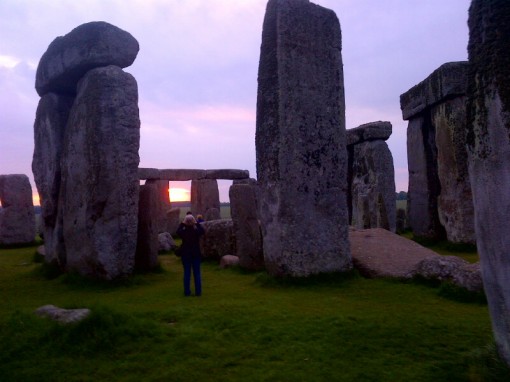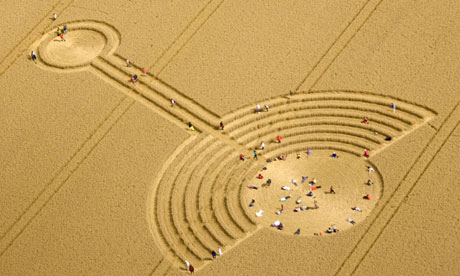More than 20,000 revellers gathered at the famed monument for sunrise on the longest day of the year.
The sun rose at 4:52am this morning; however cloud cover meant it remained hidden at the World Heritage Site.
It was the last summer solstice ahead of a ‘historic’ transformation of the site, including the creation of a new visitor centre around 1.5 miles away.
Loraine Knowles, Stonehenge director at English Heritage, said the closure and grassing over of the A344 was ‘a real milestone in terms of the history of the site’.
‘When you are in Stonehenge in the future, when grass is established, you will be able to make the link between the monument and the rest of the heritage landscape to the north,’ she added.
Visitors will also be able to access the avenue, the route by which the monument was approached when it was used as a place of great ceremony.
Police say there were fewer arrests than usual this year, with 22 people taken into custody, most for drug-related offenses.
The solstice has typically drawn a wide and varied crowd to the mysterious set of standing stones whose purpose remains unclear.
The ancient stone circle on the Salisbury Plain about 80 miles (130 kilometers) south-west of London, was built in three phases between 3000 B.C. and 1600 B.C
Article Source: http://metro.co.uk/2013/06/21/gallery-summer-solstice-2013-at-stonehenge-3850650/summer-solstice-at-stonehenge-8/
Stonehenge Tour Guide





